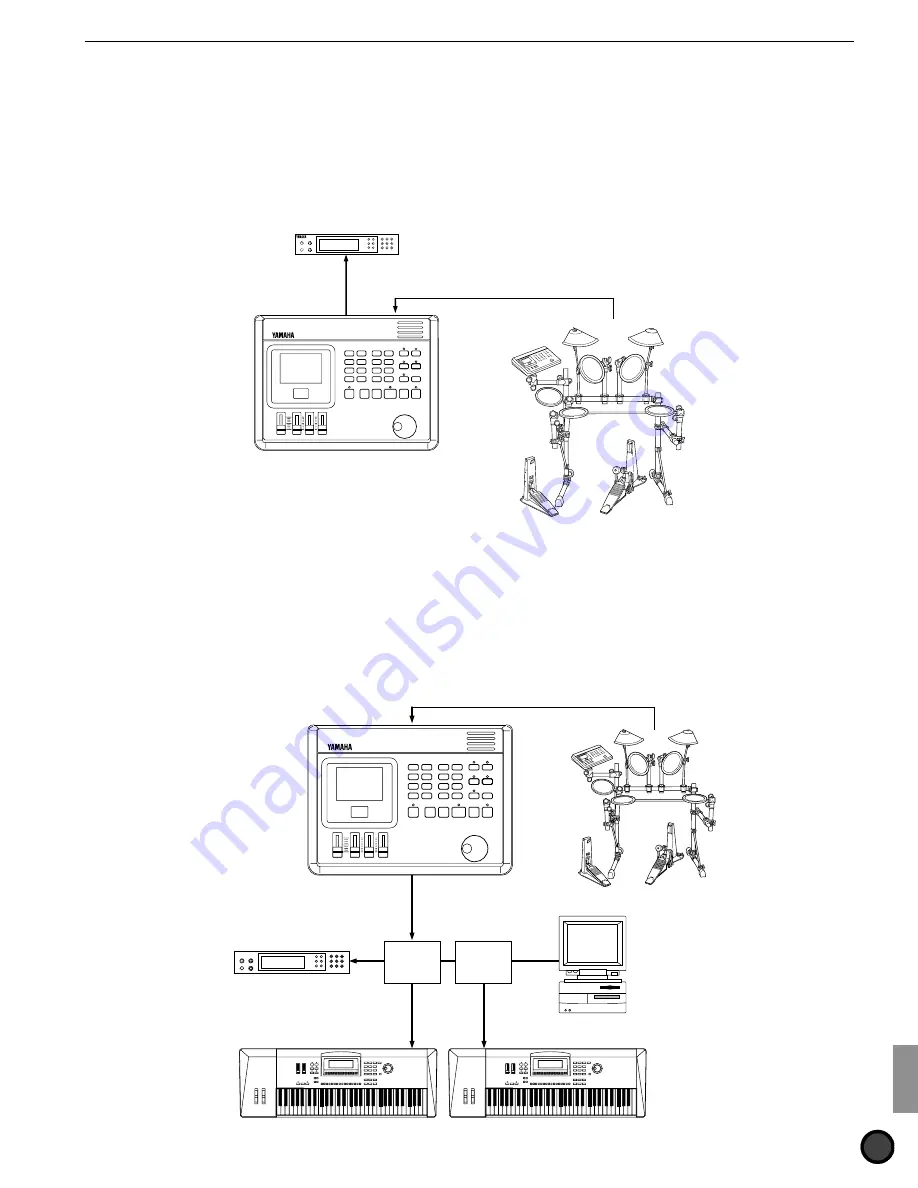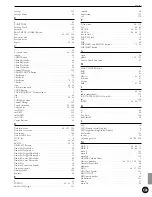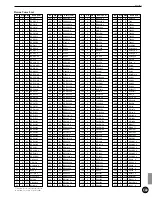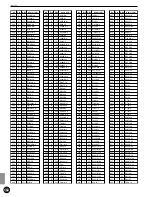
133
Appendix — MIDI
Using the DTX as a MIDI Interface
The trigger response of the DTX is fast enough to serve as a MIDI trigger interface.
By playing a pad or drum with a trigger sensor connected to the DTX as in the following illustration, the DTX
will send the Key On or Key Off data of the note number (P.40) set to each input. It is possible to overlay
tone modules from external tone generators or sampler sounds on the DTX sounds to create a thick sound.
Also, by switching the drum kits, you can send program change data (P.120).
It is necessary to set the MIDI send channel to match the channel of the external MIDI device so that the DTX
correctly receives the key data (P.42, 92, 110, 118).
MIDI OUT
DTX
Tone generator modules
MIDI IN
Using the DTX in Live Performances
The next illustration shows how to connect the DTX to external tone generator modules or sequencers to
control them and create a large scale configuration for live performances.
For example, by using a pad or foot switch connected to the DTX, you can start or stop a MIDI real-time
message (P.125) thereby being able to synchronize a music system on a personal computer to a song on the
DTX and conduct a solo live performance. By using the MIDI patch bay, you can play an external synthesizer
(using MIDI note send signals) over a song from the DTX or the playing of your pad and produce a thicker
sound. Use the chain function of the DTX to create a chain of drum kits in a designated order in advance to
the song you will be playing at a live performance. It is also better if you set the reverb (P.55) for each voice
when you are creating a drum kit to improve the music expression when playing real-time in a live
performance.
DTX
MIDI
interface
Personal computer
MIDI
patch bay
Tone generator
Synthesizer
Synthesizer
–
–
Summary of Contents for DTX
Page 4: ......
Page 32: ...28 Getting Started...
Page 174: ...D T M T YAMAHA DRUM TRIGGER MODULE DTX VERSION2 0 OWNER S MANUAL...




































